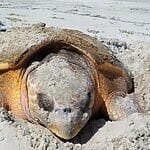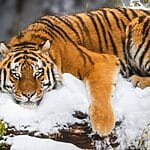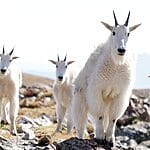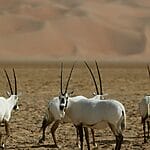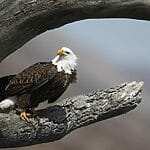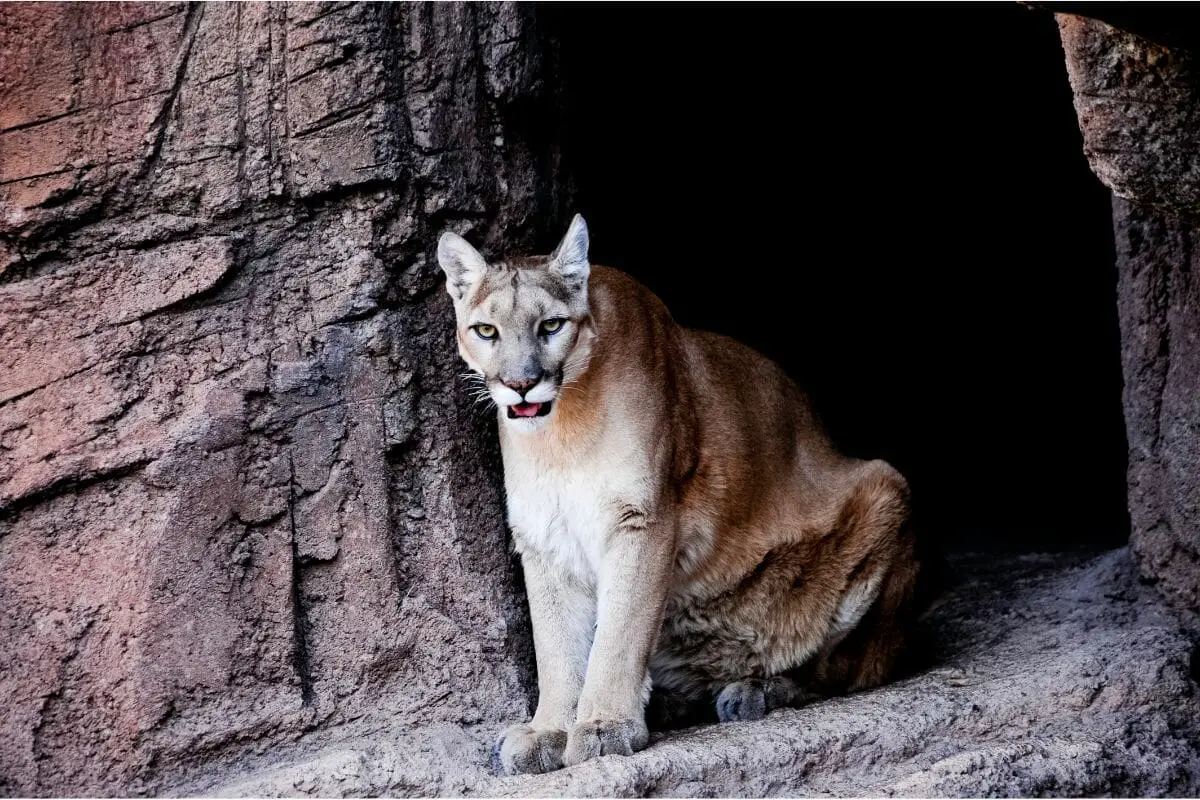13 Interesting Animals in Russia – You Might Not Know About
From the iconic Siberian Tiger and the elusive Snow Leopard to the charming Eurasian Lynx, Russia boasts a breathtaking array of wild inhabitants that capture the imagination of wildlife enthusiasts. These interesting animals thrive in diverse ecosystems, from the dense taiga to the majestic mountain ranges.
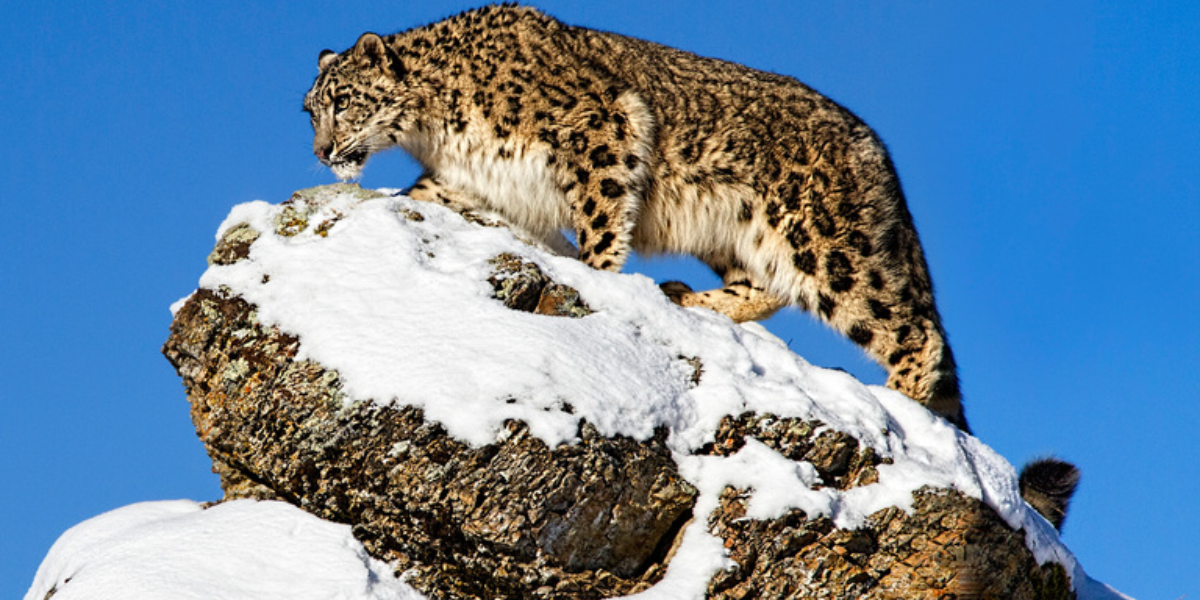
Russia’s commitment to conservation has led to the thriving of rare and endangered animals like the Siberian Crane and the Amur Falcon. Tourists can revel in the opportunity to witness these remarkable creatures in their natural habitats, whether it’s tracking the Amur Leopard in the Land of the Leopard National Park or marveling at the aerial displays of Steller’s Sea Eagles on the Kamchatka Peninsula.
In this blog, we have gathered 13 interesting animals in Russia, and the best places to spot them in Russia.
Number Of Species in Russia
Russian animals have 89 species of mammals and 661 species of birds.
Where to Find Interesting Animals in Russia- (With Interesting Pictures of Russian Animals)
Russia offers a wealth of diverse landscapes, providing excellent opportunities to spot wild animals in their natural habitats. Here are some of the best places in Russia for wildlife enthusiasts:
Land of the Leopard National Park
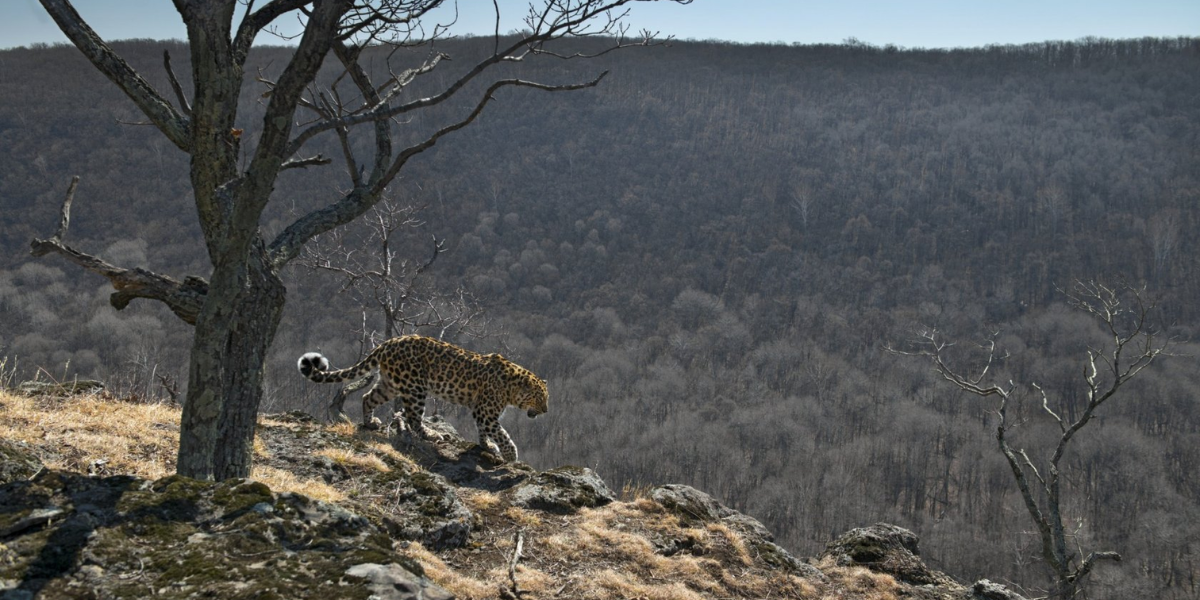
Land of the Leopard National Park located in the Russian Far East, this park is dedicated to the conservation of the endangered Amur Leopard. It provides a unique opportunity to witness these elusive big cats in their natural environment.
Sayano-Shushensky Biosphere Reserve

It is situated in the Sayan Mountains, this reserve is home to Siberian ibex, Maral deer, and sable. The diverse ecosystems range from coniferous forests to alpine meadows.
Krasnoyarsk Stolby National Park
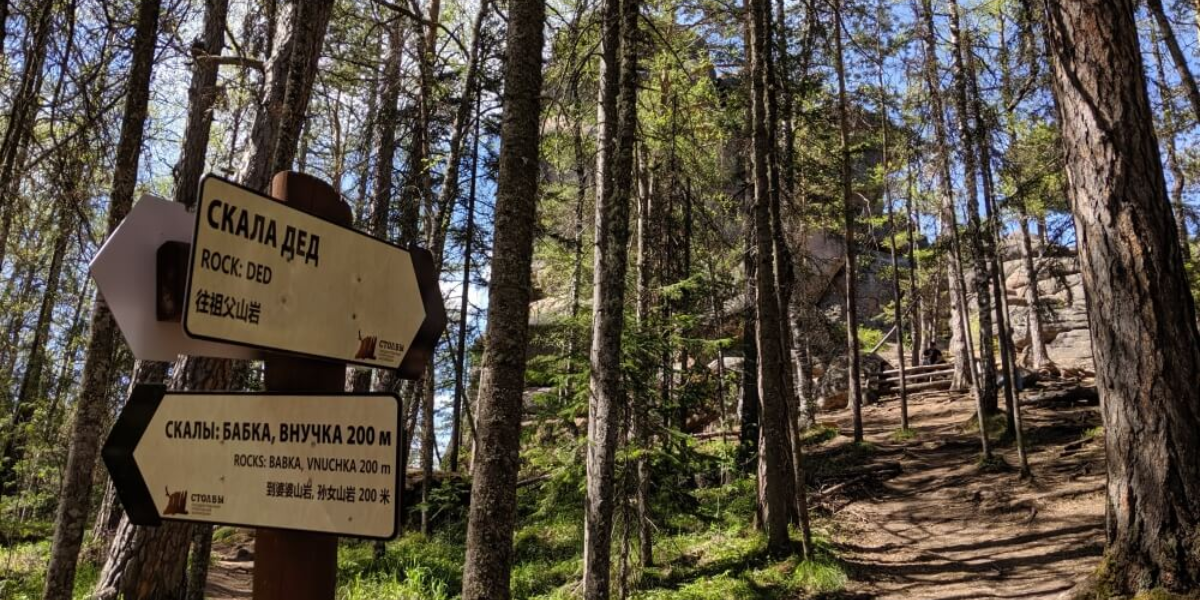
This park, known for its striking rock formations (Dolby), is also home to diverse wildlife, including sika deer, Siberian chipmunks, and a variety of bird species.
Lena Pillars Nature Park
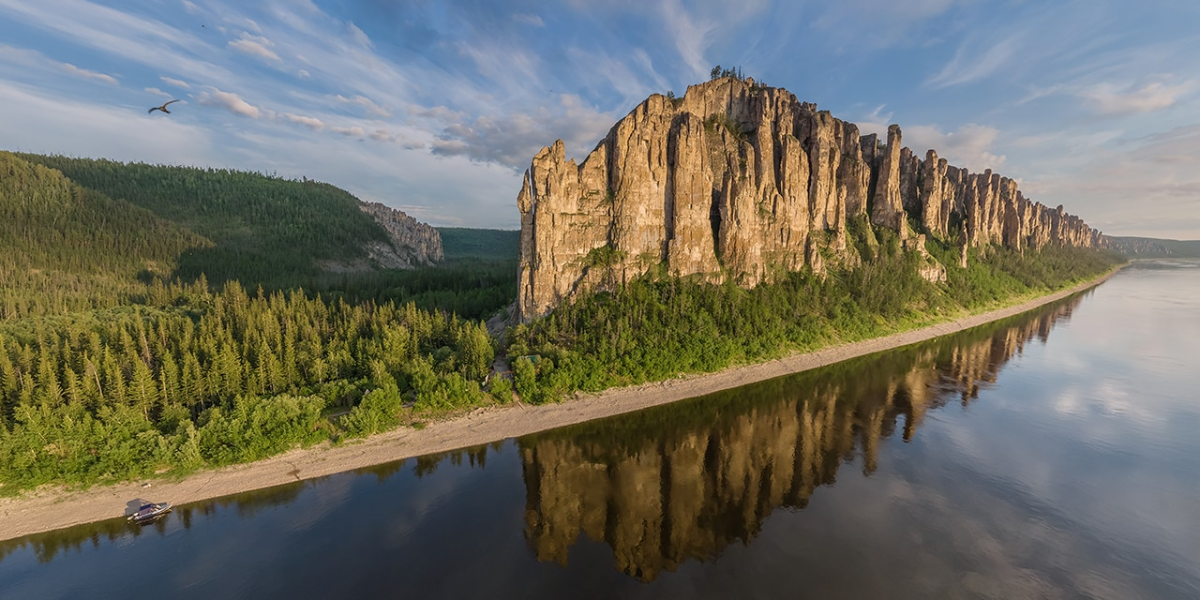
Along the Lena River, this UNESCO World Heritage Site features unique rock formations and is home to Siberian ibex, musk deer, and brown bears.
Grey Wolf
These are interesting animals in Russia, and scientifically known as Canis lupus. These wild animals are highly adaptable and social carnivores known for their intelligence and complex pack structure. They inhabit a diverse range of natural habitats, including forests, tundra, deserts, and mountains.
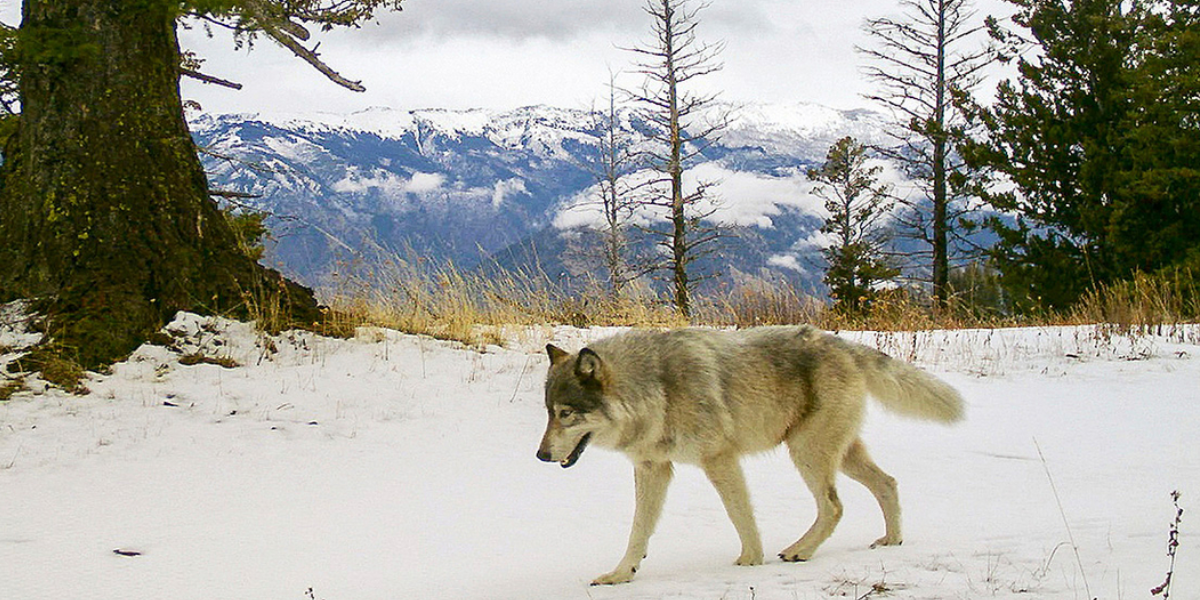
Grey Wolves are found in various countries, showcasing their wide distribution. In Russia, they are prevalent across the vast and remote expanses, particularly in regions like Siberia and the Russian Far East.
As opportunistic predators, the diet of Grey Wolves is diverse, encompassing ungulates like deer and elk, smaller mammals, and sometimes scavenging on carrion. Their hunting prowess, teamwork, and strategic communication within the pack contribute to their success as apex predators.
The Kamchatka Peninsula, Siberian taiga, and the remote areas of the Altai Mountains are the best places to spot Grey Wolves in Russia. The diverse landscapes and abundant prey make these areas ideal for witnessing the intriguing behaviors of Grey Wolves.
The IUCN Red List classified the grey wolves as “Least Concern.” While populations in some regions face threats from habitat loss and conflicts with humans.
Eurasian Otter
Eurasian Otter scientific name is Lutra lutra and is a captivating semi-aquatic mammal. These are the interesting animals in Russia, and thriving in diverse habitats. They are often found along rivers, lakes, marshes, and coastal areas, showcasing remarkable adaptability to different aquatic environments.
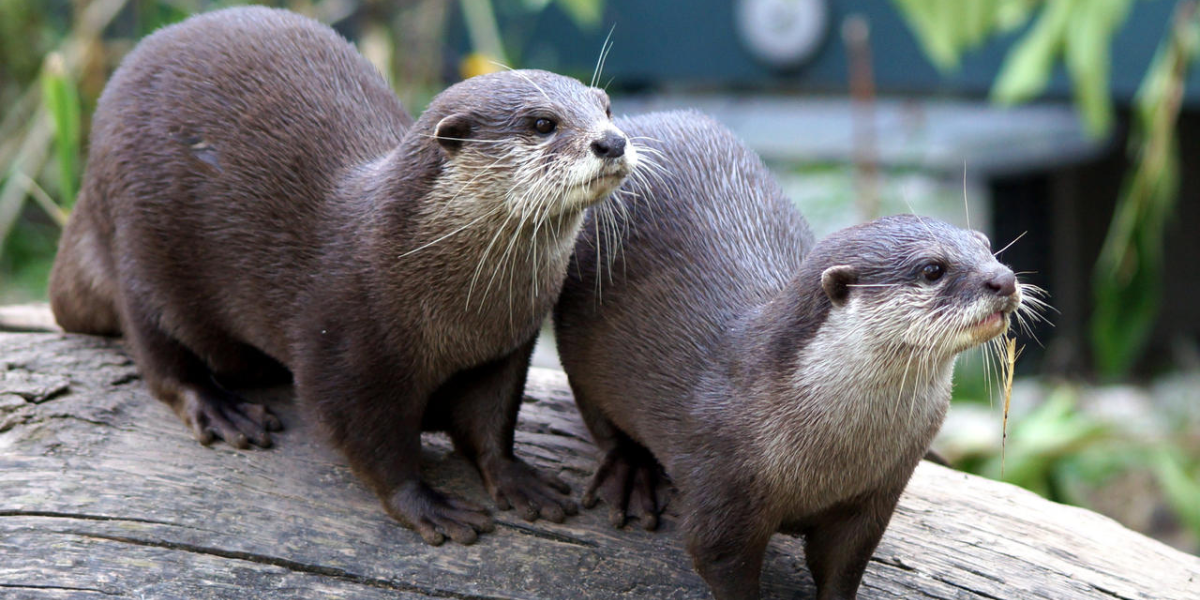
Eurasian Otters have a broad geographic range, inhabiting various countries including Russia, where they are distributed across regions like Kamchatka, the Russian Far East, and Siberia. These fascinating creatures are also found throughout Europe and parts of Asia.
Their diet is primarily carnivorous, featuring fish, amphibians, crustaceans, and occasionally small mammals. With webbed feet and a streamlined body, otters are excellent swimmers and divers, enabling them to navigate and hunt in aquatic environments.
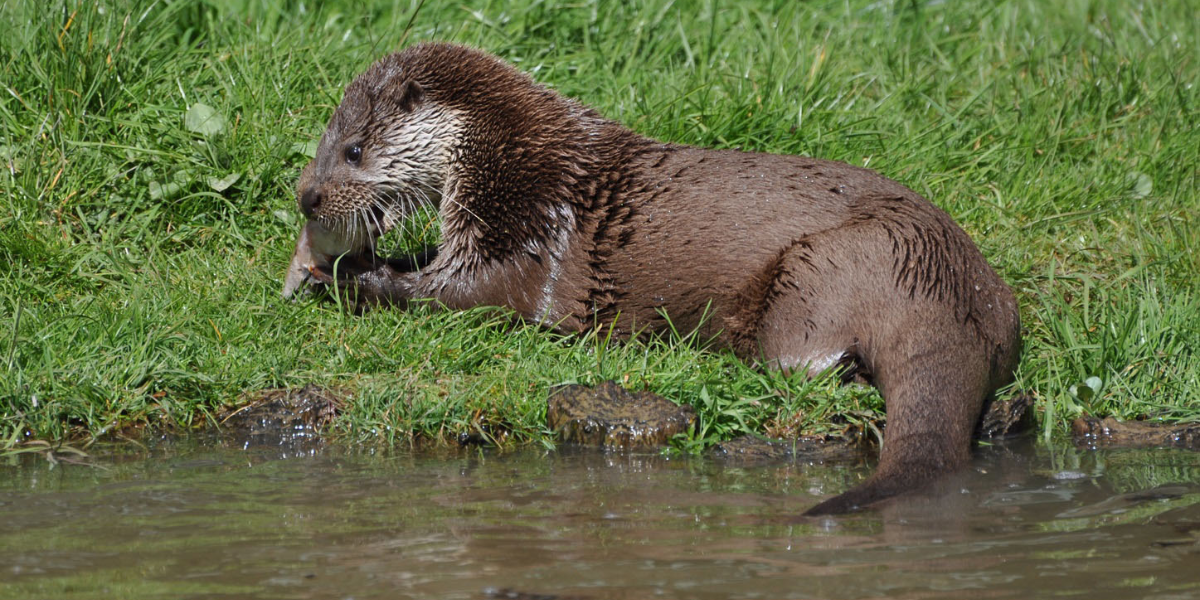
In Russia, some of the best places to spot Eurasian Otters include the Kamchatka Peninsula, where the pristine waterways and abundant fish provide ideal conditions for otter sightings. Other potential locations include the Amur River basin and various national parks with water bodies.
The Eurasian Otter is classified as “Least Concern” on the IUCN Red List, reflecting stable populations. However, ongoing habitat degradation and pollution pose potential threats.
Black-Capped Marmot
Black-Capped Marmot scientific name Marmota camtschatica, and endemic to the Russian Far East. These interesting animals are primarily inhabitants of the Kamchatka Peninsula, where their natural habitats consist of alpine meadows, rocky slopes, and tundra regions. Their range extends to neighboring countries like China, Mongolia, and North Korea.
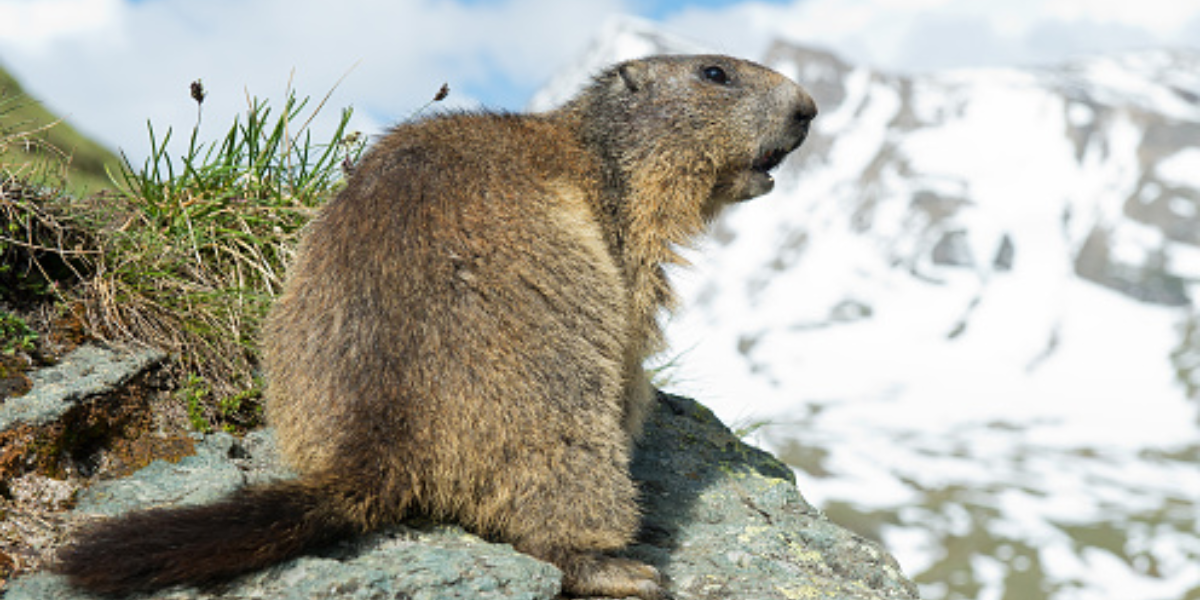
These herbivores graze on a diet of grasses, herbs, and other vegetation, storing fat reserves during the summer to survive the harsh winter months when they hibernate in their burrows. Their burrows, equipped with multiple entrances and chambers, protect them from predators and harsh weather conditions.
For those eager to spot these interesting animals in Russia, the Kamchatka Peninsula stands out as one of the best places in Russia. The elevated meadows and rocky terrains offer ideal conditions for Black-Capped Marmot sightings.
On the IUCN red list of threatened species, these marmots are categorized as “Least Concern.” However, like many wildlife species, they face threats such as habitat degradation due to climate change, human encroachment, and potential disturbances in their alpine environments.
Brown Bear
The brown bear’s scientific name is Ursus arctos and one of the most interesting animals in Russia. These bears thrive in diverse landscapes, from dense forests to Arctic tundras.
They are found in various countries, including Russia, the United States, Canada, and parts of Europe and Asia, these magnificent creatures have adapted to a broad range of habitats.
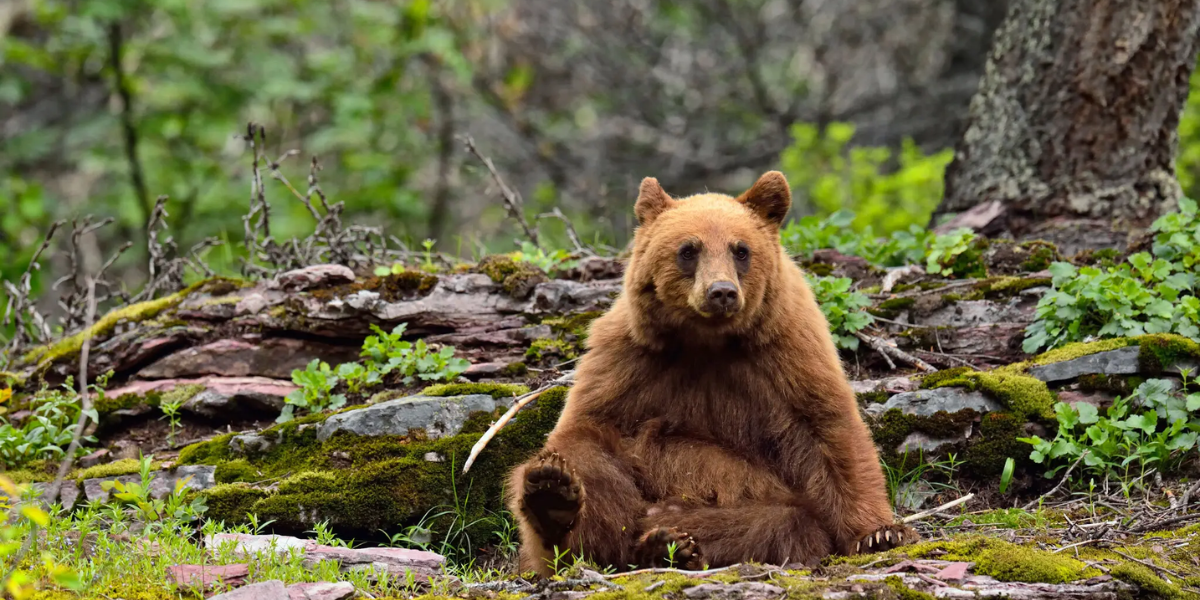
In Russia, the best places to spot wild animals include the Kamchatka Peninsula, renowned for its concentration of bears along the Kurilskoye Lake, and the remote Putorana Plateau in Siberia. Lake Baikal’s surrounding areas and the Russian Far East are also prime locations for spotting black bears.
The IUCN Red List categorizes the Brown Bear as a species of “Least Concern,” but regional populations may vary. Threats include habitat loss, illegal poaching, and human-wildlife conflicts.
Siberian Bighorn Sheep
The Siberian Bighorn Sheep scientific name is Ovis nivicola. These are among the interesting animals in Russia and well-adapted to the challenging terrains of Siberia.
They are native animals of Russia and neighboring countries, these sheep are primarily found in the Altai Mountains and surrounding areas.
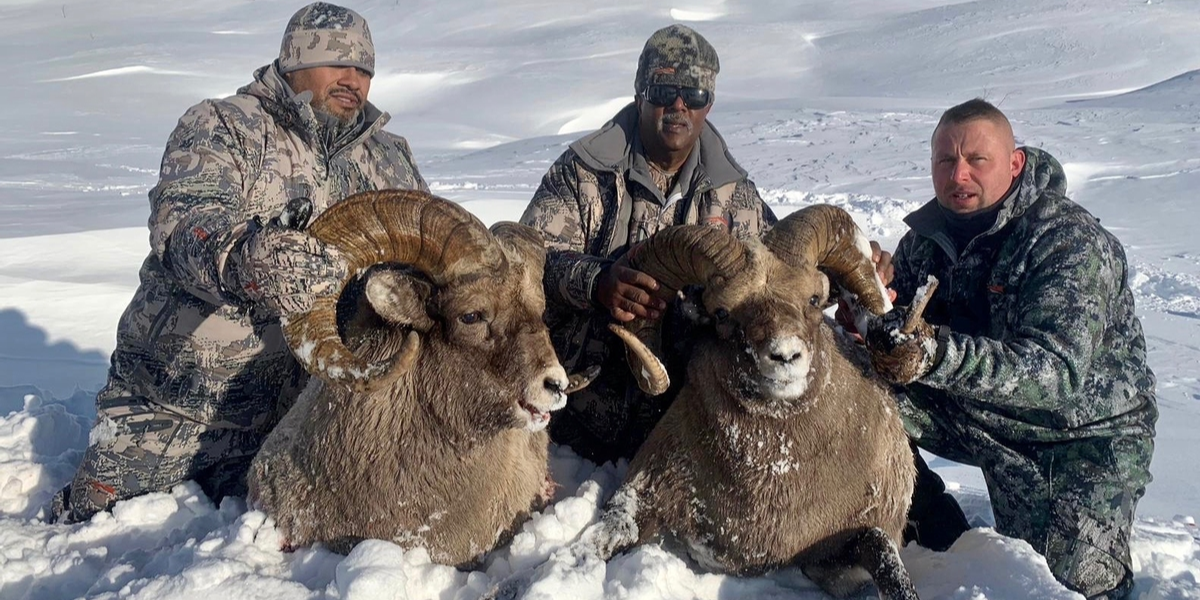
Siberian Bighorn Sheep are herbivores and eat grasses, herbs, and shrubs found in their mountainous habitats. They are renowned for their impressive navigational skills, scaling cliffs and rugged landscapes with ease.
On the IUCN Red List of threatened species, the Siberian bighorn sheep are listed as “Least Concern.” Nonetheless, like many wild species, they contend with threats such as habitat degradation, poaching, and competition for resources.
Siberian Tiger
Siberian Tiger scientific name is Panthera tigris altaica. These are the most interesting animals in Russia and are animals native to Russia.
The Siberian tigers are found in the Sikhote-Alin mountain range and the Amur-Ussuri region, these majestic felines once roamed into China and North Korea.
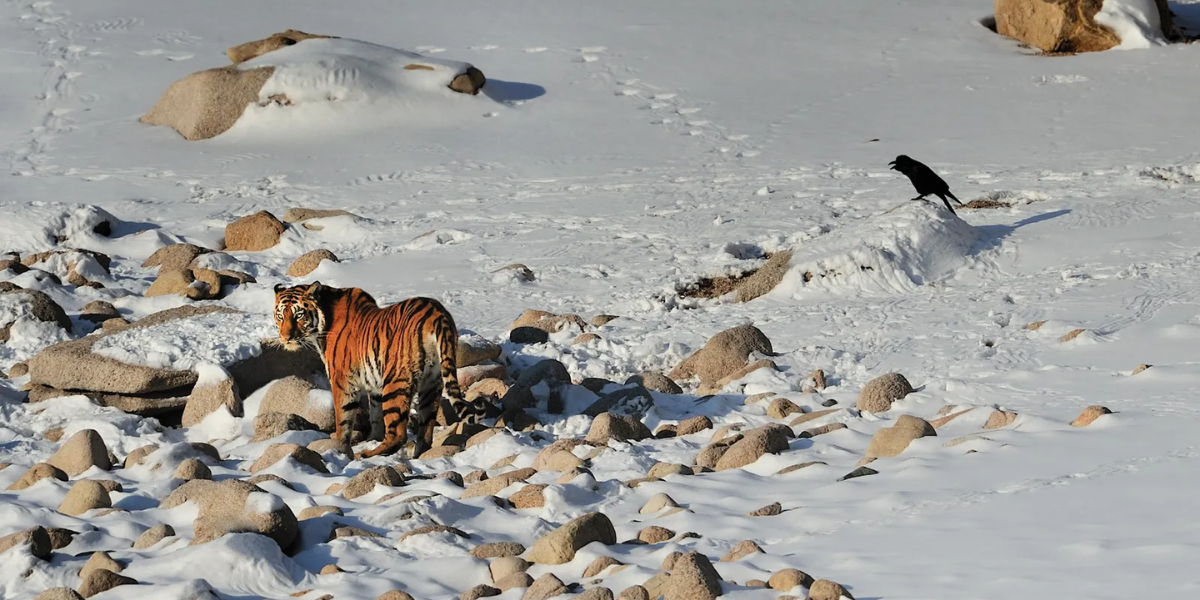
Sadly, these most famous animals are listed as “Endangered” on the International Union for Conservation of Nature (IUCN) Red List signifies the precarious state of their population. The Siberian Tiger faces threats from habitat loss due to logging, human encroachment, and poaching for their prized fur and bones.
Snow Leopard – Rarest Animals
The snow leopard scientific name is Panthera uncia. The elusive Snow Leopard, one of the most interesting animals in Russia, thrives in the remote and mountainous regions of Central Asia.
The natural habitat of these rarest animals is the rugged terrains of Russia, specifically in the Altai, Sayan, and Tannu-Ola mountain ranges.
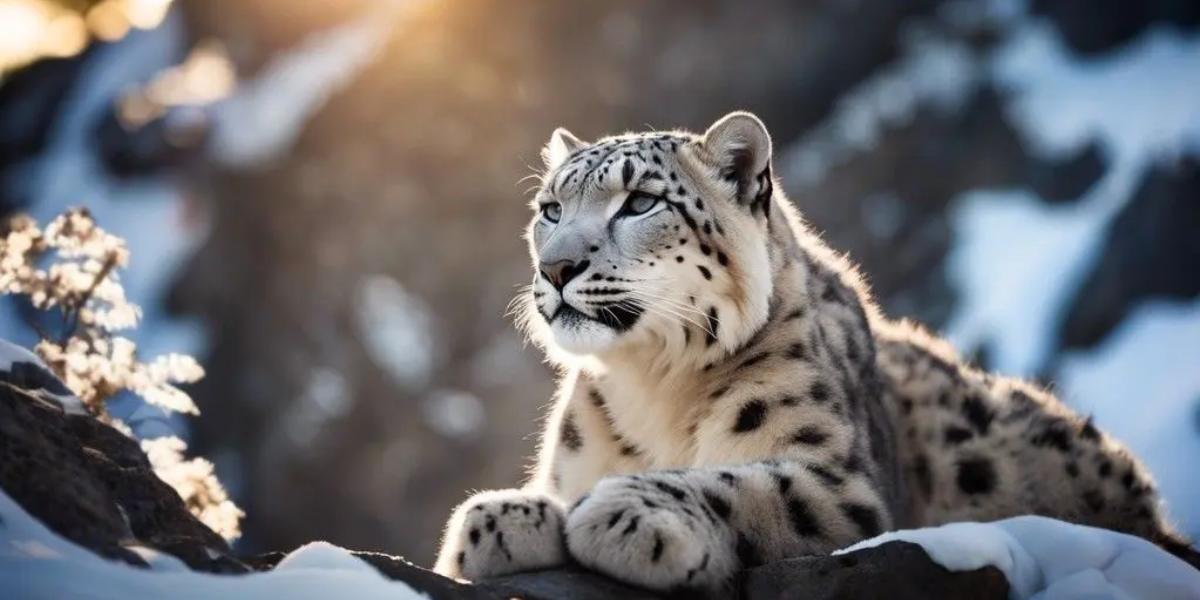
Russia, along with countries like Mongolia, China, India, and Pakistan, is part of the Snow Leopard’s expansive range. In Russia, the Altai Nature Reserve and Katunsky Biosphere Reserve are notable spots for potential Snow Leopard sightings.
Despite their captivating presence, Snow Leopards are classified as “Vulnerable” on the International Union for Conservation of Nature (IUCN) Red List, facing threats such as poaching for their distinctive fur and bones, and habitat fragmentation.
Polar Bear
The polar bear scientific name is Ursus maritimus. The Polar Bear, one of the most fascinating animals in Russia, thrives in the Arctic regions surrounding the country, particularly in the Russian Arctic islands and along the coastlines of the Arctic Ocean.
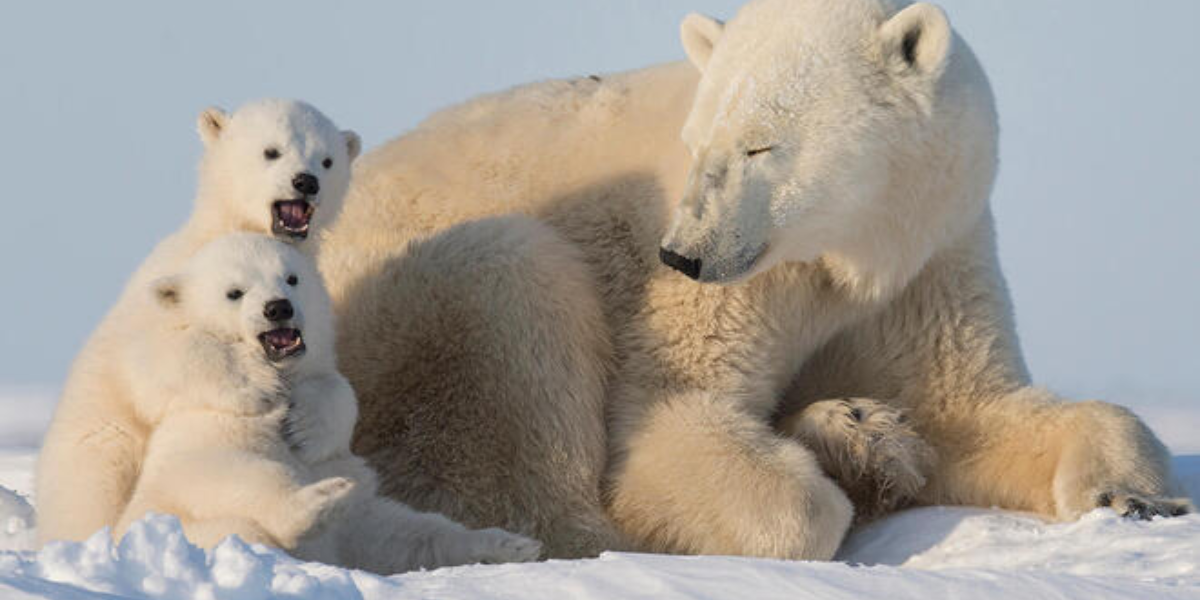
These native animals inhabit the sea ice and surrounding waters of the Arctic, with notable populations in regions like the Barents Sea and the Chukchi Sea.
While Russia doesn’t have designated national parks specifically for Polar Bear spotting, Wrangel Island and Severnaya Zemlya are crucial Arctic ecosystems where encounters are possible.
Polar Bears face significant threats due to climate change, resulting in the loss of sea ice habitats, pollution, and human-wildlife conflicts.
The IUCN red list of threatened species classified them as “Endangered Species,” highlighting the urgent need for global conservation efforts to protect these captivating animals in the Russian Arctic and beyond.
Amur Leopard
Amur leopard scientific name Panthera pardus orientalis, and are one of the most interesting animals in Russia. The Amur Leopard, one of the most captivating and interesting animals in Russia, inhabits the temperate forests of the Russian Far East, particularly in the Primorsky Krai region.

This critically endangered big cat is also found in small numbers in China and potentially in North Korea. Protected areas like the Land of the Leopard National Park in Russia offer a glimpse into the elusive world of the Amur Leopard.
The Amur Leopards are listed as “Critically Endangered” on the International Union for Conservation of Nature (IUCN) Red List. The key challenges include habitat loss due to logging, rampant poaching, and increasing human-wildlife conflict.
European Bison
The European Bison are interesting animals in Russia that find sanctuary in Russia’s pristine landscapes. Thriving in natural habitats like the Prioksko-Terrasny Biosphere Reserve, these interesting animals have made a remarkable recovery from the brink of extinction.
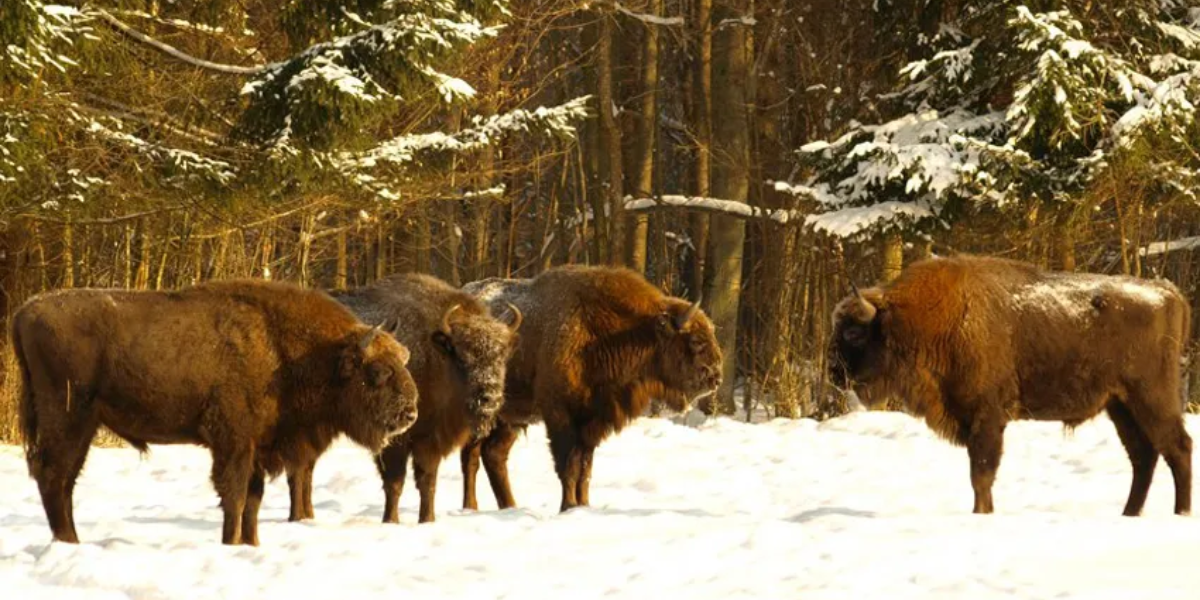
Beyond Russia, European Bison are also found in countries like Poland, Belarus, and Ukraine. These iconic herbivores are classified as “Vulnerable” on the International Union for Conservation of Nature(IUCN) Red List, indicating ongoing threats. Habitat loss, historical persecution, and hunting have contributed to their vulnerability.
Eurasian Brown Bear – National Animal of Russia
The Eurasian Brown Bears are the national animals of Russia. These Russian animals are interesting animals that hold a prominent place in Russian folklore and traditions.
This formidable species inhabits various ecosystems, from dense forests to tundra regions, showcasing its adaptability and widespread presence across Russia’s vast landscapes.
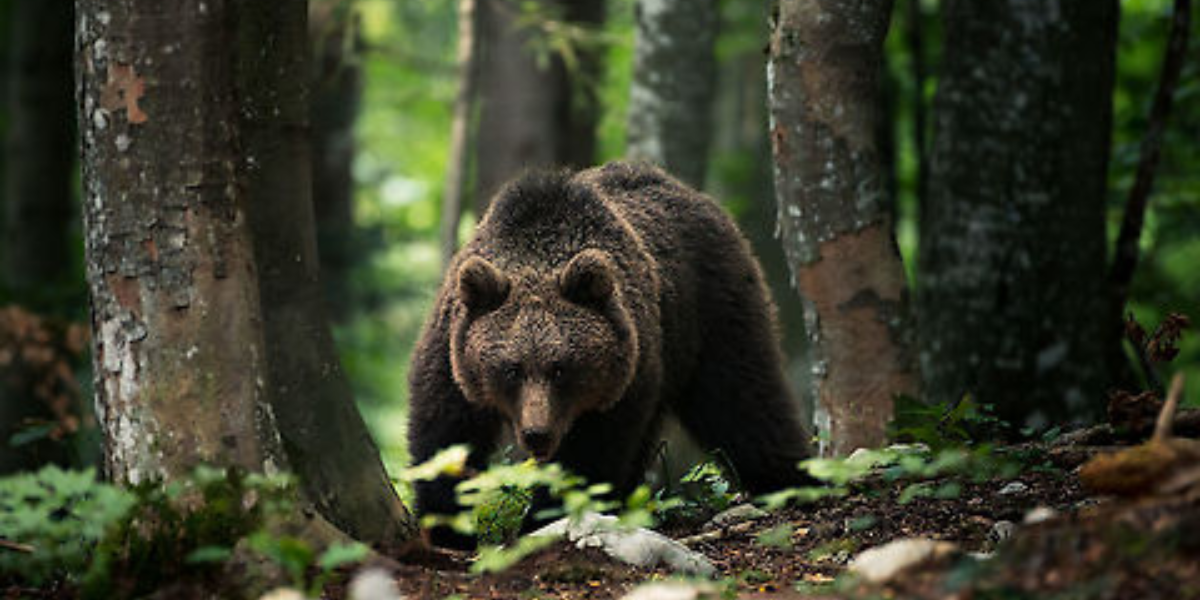
The Eurasian Brown Bear is characterized by its massive size, robust build, and distinctive hump on its shoulders. Despite being the largest land carnivore in Eurasia, it is primarily omnivorous, consuming a varied diet that includes berries, fish, and small mammals.
Siberian Crane
The siberian crane Leucogeranus prefers to breed on the southern section of the Russian Ob River. There are over 3200 birds and only 10 are found in the Russian Wild in 2010. Listed in the category “Critically Endangered”.
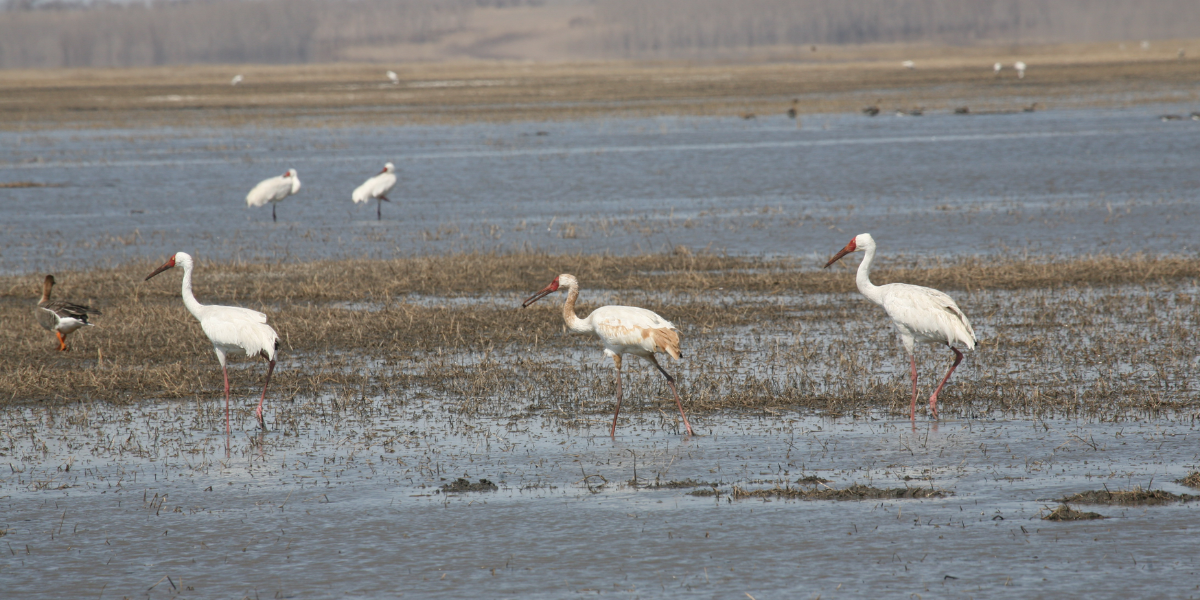
One of the most remarkable aspects of the Siberian Crane is its extensive migration pattern. Every year, these cranes undertake one of the longest migrations of any bird species, traveling thousands of kilometers from their breeding grounds to their wintering grounds in China and Iran.
Unfortunately, due to habitat loss, poaching, and other human activities, the Siberian Crane population has dwindled significantly in recent years.
Arctic Foxes
Arctic foxes (Vulpes lagopus) are resilient creatures inhabiting the Arctic tundra regions of North America, Europe, and Asia. Their distinctive features include a thick, double-layered coat that changes color with the seasons, providing effective camouflage against the snowy landscape.
In winter, their fur turns white to blend with the snow, while in summer, it transitions to a brown or gray hue. These foxes possess compact bodies, short legs, and a bushy tail, aiding in heat retention and balance in their icy habitat.
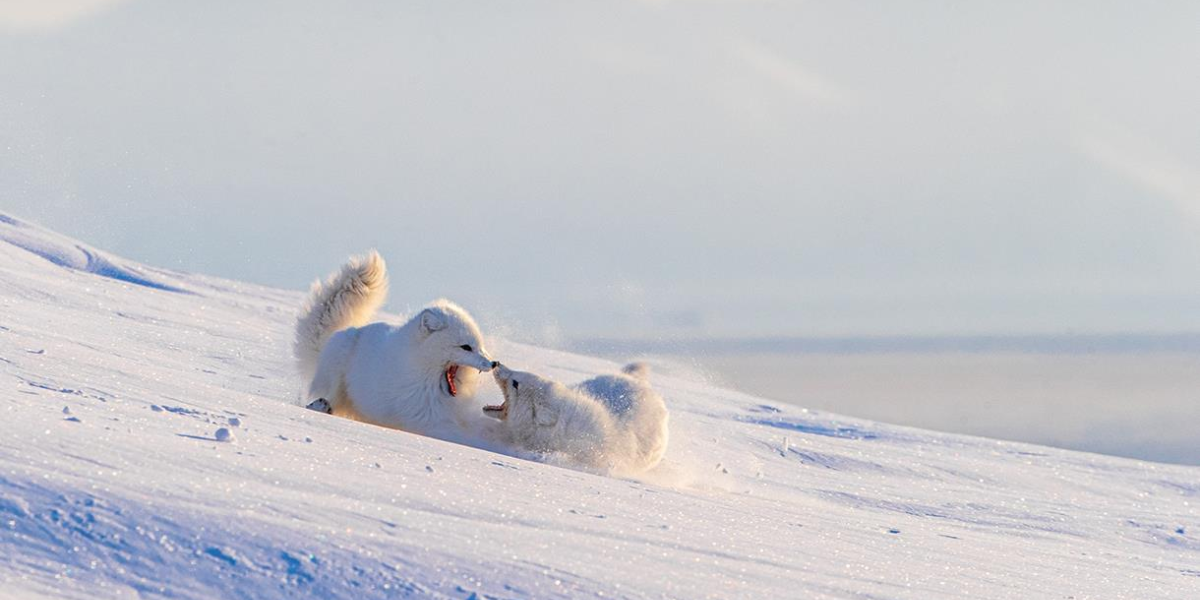
Despite their remarkable adaptability, these interesting animals in Russia are facing significant conservation challenges. They are classified as a species of least concern overall, but certain populations are vulnerable due to habitat loss, climate change, and predation by larger carnivores such as polar bears and wolves.
Frequently Asked Questions about Interesting Animals in Russia
What animal is unique to Russia?
Szczerbak’s lizard, scientifically known as Darevskia szczerbaki, is a species of lizard that belongs to the Lacertidae family, and unique animal to Russia.
What is the Russian iconic animal?
The Russian Bear is an iconic animal of Russia.
What is Russia’s biggest animal?
Siberian tiger is the biggest animals native to Russia.
Why are cats so popular in Russia?
For centuries cats have been considered as good luck in Russia.
What types of dangerous animals are found in Russia?
Northern Vipers, Ticks, and Eurasian Brown Bears are some most dangerous animals found in Russia.
What is Russia’s biggest animal?
The Pacific walrus is the biggest animal of Russia.


